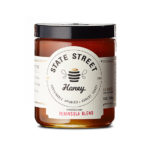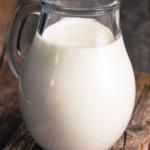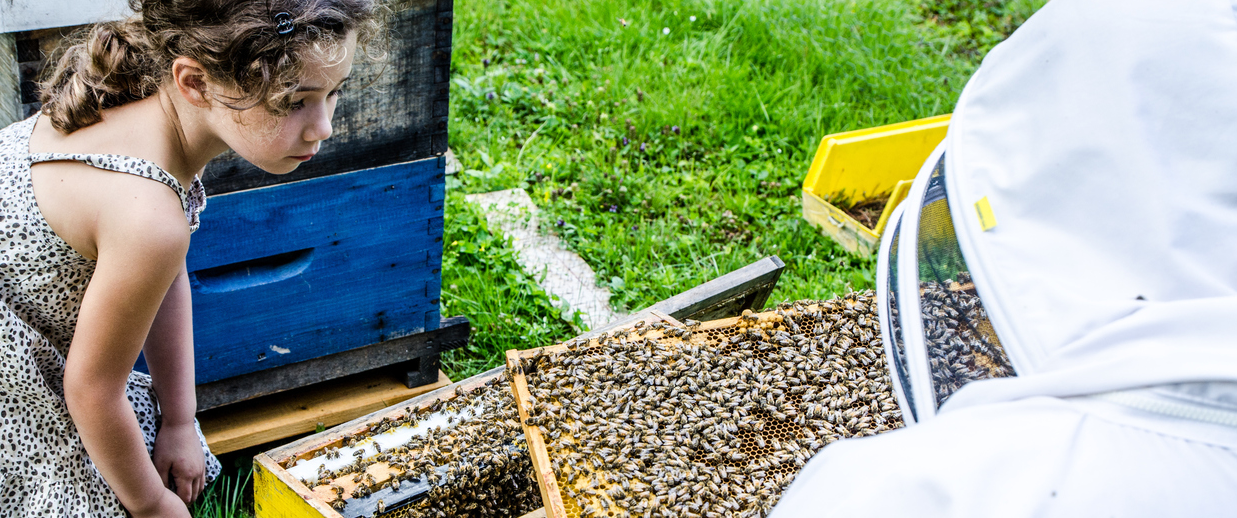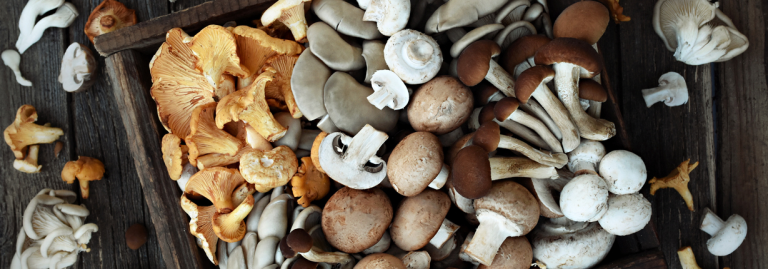Local Honey for Allergies-Does it Really Work?
I’ve always liked the idea that consuming raw, local honey could reduce seasonal allergies. The concept is elegant in its simplicity. Bees transfer local pollen into the honey, providing protection to individuals taking it. But is there any evidence to support this theory?
In Western medicine, the practice of immunotherapy exposes a person to an allergen with the expectation that the body will become desensitized to it over time. Maybe taking local honey could work the same way.
Honey Research
One 2002 study looked at the difference in reduction of seasonal allergy symptoms by subjects in three separate groups. The first group was given locally collected, unpasteurized, unfiltered honey; the second, nationally collected, filtered, and pasteurized honey; and the third, corn syrup with synthetic honey flavoring. Conclusion: Neither honey group fared better than the placebo group.
But this may not tell the whole story. Immunotherapy can take years to yield results- a patient of mine took allergy shots from age 5 to age 16. Even then, therapy does not always provide protection. While honey’s allergy-modifying benefits may also take time to show themselves, experts say this misses the point. The kinds of pollens that are the greatest cause of allergies are smaller windblown pollens that are not typically found in honey.1
Pollen & Honey
While raw honey does contain small amounts of pollen, honey is produced by honey bees from the nectar of plants, not pollen. In other words, pollen occurs only incidentally in honey. According to Dr. Lutz Elflein, a honey analysis expert with an international food laboratory, the amount of pollen in honey ranges from about 0.1 to 0.4%.2
 Enzymes & Flavor—Local Honey Wins
Enzymes & Flavor—Local Honey Wins
Local, unpasteurized honey retains small amounts of enzymes that may give the honey added value- possibly making it easier to digest. Color and flavor is also well-maintained, with each variety imparting unique flavor profiles based on the nectar harvested by the bees. While there are concerns about unfiltered or ‘unprocessed’ honey containing bee parts, fungus, and even mold, Todd Parsons from State Street Honey assured me that this is not the case. He had this to say about the honey he produces:
“No honey is “unprocessed” or it would still be in the honeycomb. Everyone has to extract it somehow. Mine is a coarse strain using minimal heat (as heat starts to alter the color and flavor of honey). I doubt there is any venom in the honey. You’d have to be crushing bees for that to happen. Fungus will happen if the honey is harvested too early, and that is a bad beekeeper’s fault. Bees cap honey when they dehydrate it to 18% water content. Then it becomes a supersaturated solution that won’t allow for bacterial growth. If something’s growing, it wasn’t processed correctly, i.e., they harvested too early.”
Allergies—8 Foods to Eliminate
 When I have a serious question about nutrition, I turn to my Craig Lane of Healthy Alkemy in Santa Cruz. Regarding allergies, he’s an advocate for addressing diet and had this to say when I asked him about it:
When I have a serious question about nutrition, I turn to my Craig Lane of Healthy Alkemy in Santa Cruz. Regarding allergies, he’s an advocate for addressing diet and had this to say when I asked him about it:
“It has always been obvious in clinical practice that when basic food allergies are corrected environmental sensitivities vanish. For example, by simply taking a person off a basic food allergy like milk or wheat oftentimes there will no longer be an environmental sensitivity to cats or dogs. The basic four food allergies are wheat, milk, corn and soy (followed by beef, tomato, peanut, chocolate). The hypo-antigenic diet consists of eliminating these eight foods.”
Commercial Honey—What’s Missing?
The goal of one study was to find out the degree to which the minerals, antioxidants and enzymes change after honey is sent through an industrial processing system. In this experiment, 11 tests were run across 15 different samples of honey, with the author equivocating “neither raw nor processed honey is superior to the other in every way.” He goes on to say “although honey experiences significant reductions in some enzyme levels, it is not always the case for all enzymes. Furthermore, in some cases, levels of minerals and antioxidants increased, likely due to the effects of averaging the samples after processing.”
This Honey’s for You
While data don’t support the use of raw honey as an allergy treatment, it has other benefits. Raw, local honey is a good choice for people who prefer to source their foods locally, want higher levels of minerals and enzymes, and for those who prefer the texture or flavor that local honey has to offer. From a natural health perspective, it’s reasonable to assume that you the highest nutritional value from the food you eat. It’s also ideal if the food you eat is grown and delivered to the consumer in a sustainable way. If local honey is available to you, why not support your local beekeeper and all the good bees due for the delicate ecosystem in which we live.
References:
- https://www.honey.com/faq
- https://www.ncbi.nlm.nih.gov/pubmed/11868925
- https://www.youtube.com/watch?v=W7dl9PiZ9g0
- http://www.slate.com/articles/health_and_science/medical_examiner/2015/05/local_honey_for_allergies_pollen_in_honey_cannot_desensitize_the_immune.html
- https://www.honey.com/images/uploads/general/processed-versus-raw-honey.pdf






